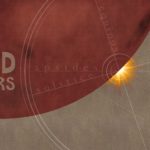

Even though the events of Kim Stanley Robinson’s Red Mars take place in a fictional 2020s, where we had landed on Mars already, Robinson’s vision of what colonizing Mars eventually might look like is quite convincing. He bases his inferences about the future on a deep understanding of human nature and probable scientific advancements. Simultaneously fictional and prescient, Red Mars fascinated me at every turn.
Published in September of 1992, Red Mars won the British Science Fiction Association award and the Nebula Award a year later in 1993. Red Mars is the first in a trilogy of novels, followed by Green Mars in 1993 and Blue Mars in 1996. A short story collection, The Martian, released in 1999, complements the collection.
As for the plot . . .many years into the colonization of Mars, Frank Chalmers assassinates John Boone. Then, in flashback, we come understand how Chalmers and Boone developed opposing ideologies as to how Mars should be developed. Chalmers holds a Machiavellian view while Boone had more of an egalitarian position. During that flashback, we learn of the First Hundred, the original colonists of Mars and how they struggled to arrive at and eventually settle on an adverse planet. Eventually, terraforming begins while some of the First Hundred break away and form an underground colony. The middle of the novel turns into a mystery of sorts as John searches for the arch-saboteur of the terraforming project. Meanwhile, Martian scientists discover a way to extend life indefinitely, which accelerates emigration from Earth. Once the Martian space elevator is complete and Frank Chalmers finalizes his political machinations, revolution breaks out and throws Mars into chaos.
Red Mars succeeds through Robinson’s brilliant scientific foresight. It never occurred to me that a space elevator wouldn’t ever really need to be built from the ground up, like a Tower of Babel, but rather, it would only need to descend to the ground from an orbiting anchor. And, if a space elevator were to fail and, say, crash, the cabling could conceivably wrap around the planet several times and cause tremendous destruction in its wake. I also enjoyed the hard science that Robinson boiled into the pages. For example, a Mars year is twice as long as an Earth year. Seasons in the northern hemisphere and southern hemisphere span different lengths because of an uneven orbit. These realities influence the narrative.
Because Green Mars was published a year after Red Mars and because Red Mars ends with the beginning of revolution, it seems possible that Robinson may have written both Red Mars and Green Mars as one larger story that the publisher split up in order to avoid trying to sell a 1300 page tome. I’d be good for it, though. I love long books, especially when they immerse you in a probable future.
